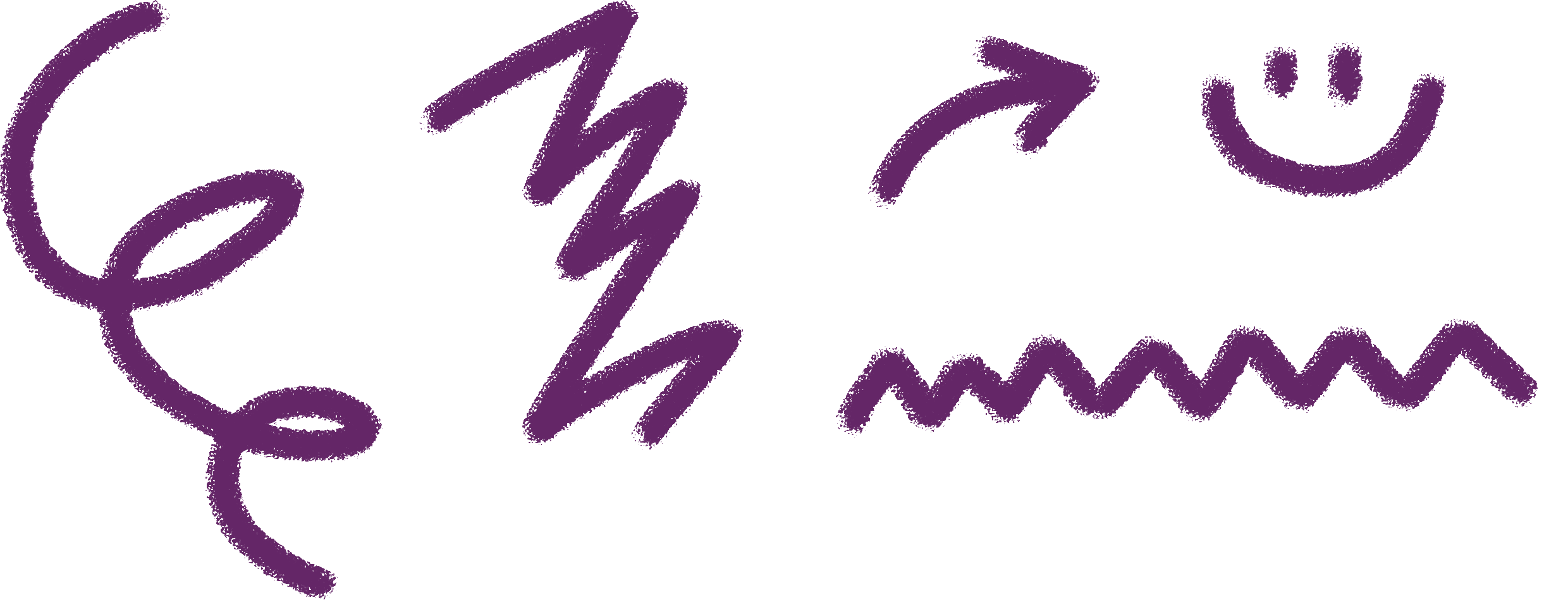Accessibility: Making sure young people have the same opportunities to access services, information and physical and online spaces, and fully participate in their communities.
Communities of practice: A group of people who share a common interest and come together to a share knowledge, experience, resources or solutions.
Co-design: The process of including the intended users of goods and services when designing those goods and services. It is based on the principles of sharing power, prioritising relationships, using participatory means and building capability.
Lived experience: Personal knowledge about the world gained through direct, firsthand involvement in everyday events rather than through representations constructed by other people.
LGBTIQ+:
- Lesbian: used to describe a person who identifies as a girl or woman who is attracted to someone of the same identified gender.
- Gay: most commonly used to described someone who is attracted to someone of the same identified gender.
- Bisexual: an attraction to someone of the same gender and other genders. Everyone’s experience is a little different, and bi doesn't necessarily mean being attracted to only two genders.
- Transgender: sometimes gender diverse people feel that their gender doesn’t match the sex they were assigned at birth (for example, someone born with a penis might identify as a girl)–this is referred to as being transgender. Sometimes trans people change their name, their clothes, or even their bodies. Sometimes they don’t.
- Intersex: people are born with different kinds of bodies. People who are intersex are born with natural variations in their body that differ from what we might expect to be ‘typically’ male/female. This can include (but is not limited to) variations in hormones, chromosomes and sexual organs.
- Queer: a common umbrella term used to mean anyone who is same-gender attracted or gender diverse.
- Questioning: most people will question their sexual or gender identity at some point throughout their life. It can be a confusing time, but it is also normal.
- +: used to describe communities outside heteronormative and cisgender identities that fall under the queer umbrella.
Marginalised: Sometimes also called social exclusion–refers to people being pushed to the fringes of society due to a lack of access to rights, resources and opportunities.
Prevention: Services offered to the general population to avoid a future negative impact, as well as services or initiatives aimed at identifying risk factors for, or early signs that may create, negative impacts.
Self-determination: Self-determination means different things to different people. The United Nations Declaration on the Rights of Indigenous Peoples (UNDRIP) describes self-determination as the ability for Aboriginal people to freely determine their political status and pursue their economic, social and cultural development. It also describes self-determination as a right that relates to groups of people, not only individuals.
Socioeconomic disadvantage: A lack of access to material and social resources, potentially reducing the ability to participate in society.
Strengths-based approach: A focus on determining an outcome that draws on a person, group or place’s strengths and resources.
Updated
